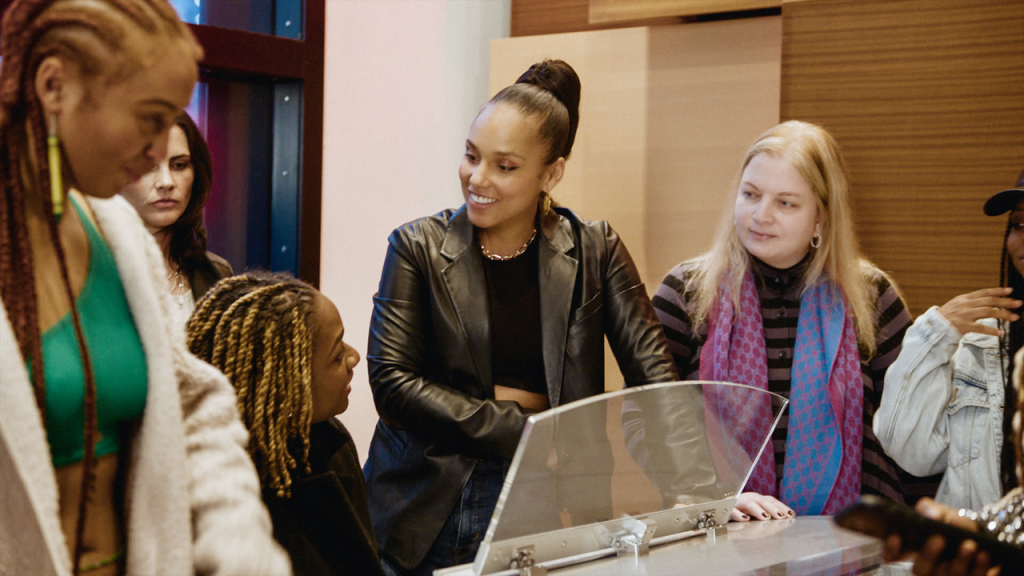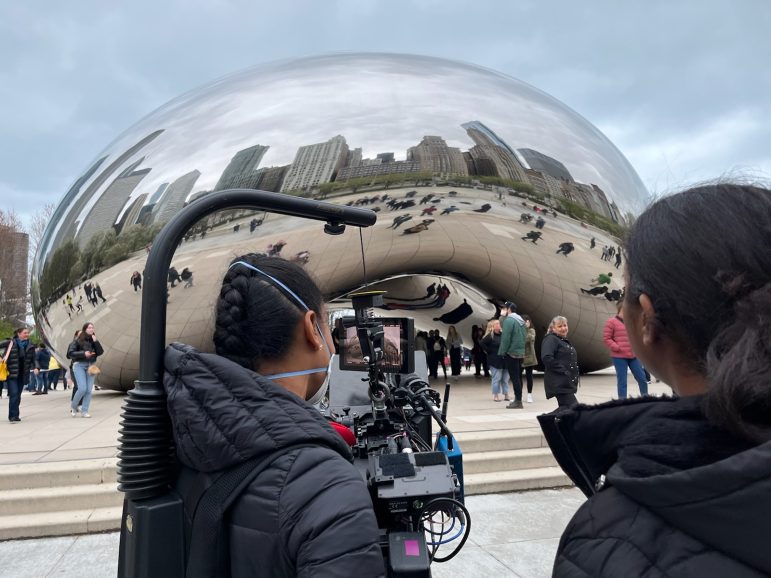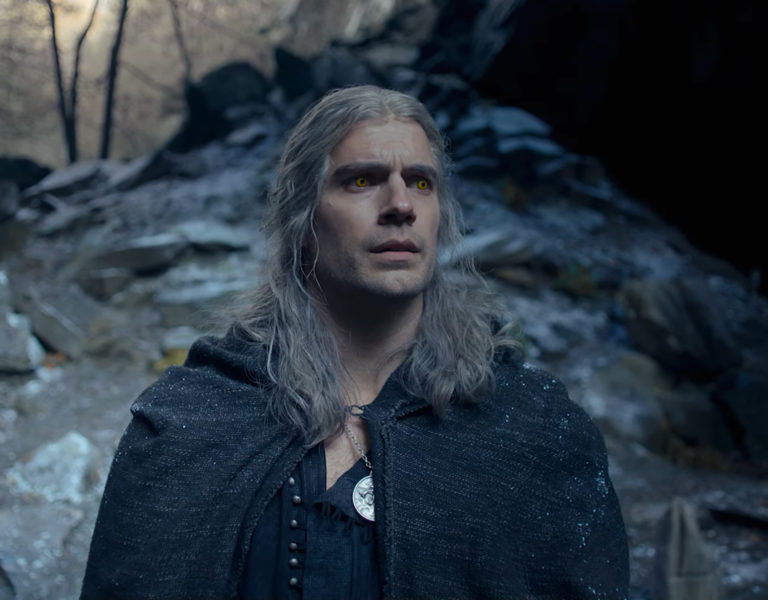Amplifying voices
Ayana Baraka teamed up with director Beth Aala to peel back the curtain on Alicia Keys’ She Is The Music (SITM) songwriting camp.
“When I heard about documenting the camp and SITM’s mission, I knew I wanted to be involved.”
Founded by Alicia Keys, SITM is an organisation determined to increase equality, inclusivity and opportunity for women aiming to break into the notoriously difficult music industry. The songwriting camp that Uncharted intimately documents was focused on empowering Black and Brown creatives.

Cinematographer Ayana Baraka wanted to capture the 12 artists selected for the experience as personally as possible, allowing detailed insight into the minds of these multi-hyphenated, incredibly talented women, as well as showing the shortcomings of the music industry through their eyes. The ensemble of talent included artists Ayoni, DaVionne, Jean Deaux, Alex Mali, Ambi Lyrics, Dianna Lopez, GLAM, Lanita Smith, TT the Artist, and audio engineers, Ebonie Smith, Gloria Kaba, and Maria Elisa Ayerbe.
For the cinematographer, collaborating with director Beth Aala was a no-brainer: “Beth is one of the most inclusive and considerate people that I’ve worked with. Early in the process, we had detailed conversations about how we wanted Uncharted to look and feel.”
The duo also quickly established a symbiotic relationship on set, “we watched films that felt very intimate, like you’re in the room, and we wanted that for our film. Beth has a long resume of working on verité documentaries and music documentaries, so I was very much in a space of learning and soaking up as much as I could from our conversations. Uncharted is mostly verité, so during shoots, Beth and I extemporaneously developed a shorthand for communicating with each other, like hand signals, nods, and looks.”

This naturalistic style was compounded by Baraka’s excellent use of lighting, which was primarily concerned with being comfortable for the documentary subjects. “Being in an artist’s home or studio while they’re creating is sacred. It was important to Beth and I that we maintain a light footprint in order to respect the women being filmed and their creative spaces.” In achieving this intimate lighting style, the DP was particularly determined to ensure that skin tones were captured authentically.
“Preserving the hue of someone’s skin is incredibly important to me. Black skin especially has different undertones; some pink, some gold. I aim to accentuate that and preserve the highlights, avoiding pale or blown out skin.” Baraka will often use false colour to maintain her levels, changing filter combinations based on the person and lighting situations.
Baraka elaborated, “I’ll use rota polas to reduce specular highlights. If lighting equipment is an available option to me, I manipulate the lighting source to mimic the sun. Sunlight is not precisely 5600K, so I’ll salt and pepper my lights or pass through coloured rags.”

The key to Baraka’s success doesn’t vary depending on whether she’s shooting documentary or scripted, it always comes down to planning. “My process is planning and being way, way over prepared. It helps me be more creative and present while shooting.” Planning can only go so far for documentary work, where the action is unfolding spontaneously in front of the lens. Baraka added, “you must be technical and able to quickly troubleshoot in order to be a documentary cinematographer because in most instances, you have to get the shot without a team of ACs to lean on. I know my camera. I know light. It’s become second nature for me to make an adjustment and keep rolling.”
‘Always be listening’ was a mantra instilled into Baraka while studying documentary production at USC. On this project, the DP was introduced to using Comteks by the director, which provide an audio feed from the mics. “This was an important tool, especially, when shooting loud events. Avantika Nimbalker, our amazing production sound mixer, was great at isolating the audio tracks of the women on camera. This helped me cover our verité scenes to tell the story.”

As one of the only Black female DPs in the Local 600, Baraka wants to see similar initiatives to SITM in the film industry; “the industry has work to do in order to demystify ideas around women in technical roles and create a supportive environment where women can further succeed and grow.” The power of cinematography to enlighten audiences of these initiatives and tells these stories is a huge source of inspiration for the DP.
“Cinematography transcends spoken language and is a wonderful medium. Generally, I aim to tell impactful memorable stories that resonate, challenge beliefs, are timeless, inspire, have truth. My hope is that people walk away from stories I’ve shot with more awareness of the world and their place within it. I want people to feel seen and empathise with others.”


















